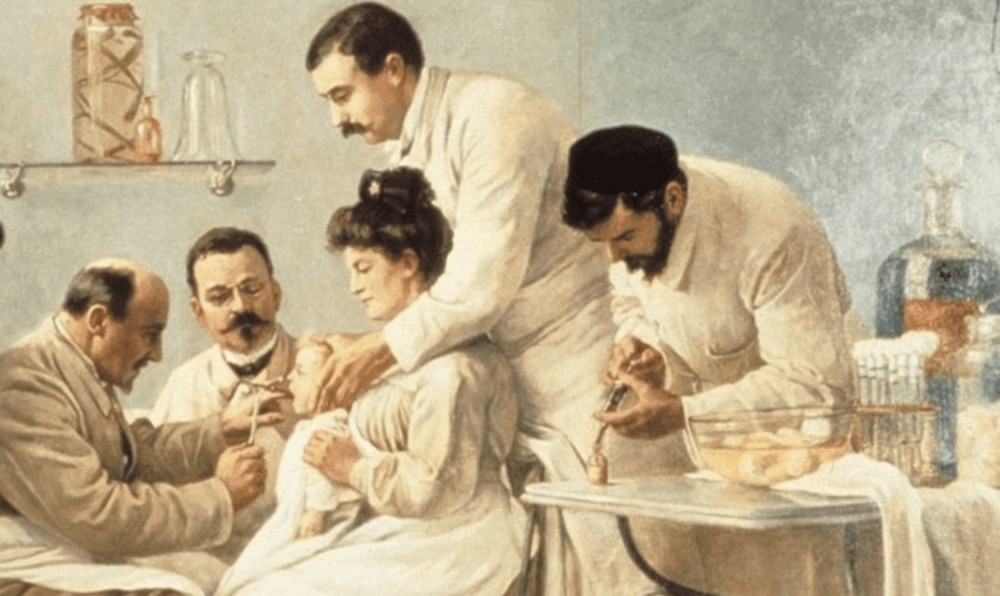
Prior to the introduction of the city reform in 1870 and for some time thereafter, the actions undertaken in the field of medical care by the municipal public administrations of Katerynoslav Governorate remained limited due to financial constraints. For a long while, the establishment of medical assistance in the governorate's cities primarily focused on the appointment of local medical personnel, such as doctors, medical assistants, midwives and smallpox vaccinators as well as on allocation of funds in order to cover their salaries. A certain role in the local budget expenditures was played by monetary allocations made for city-owned medical care institutions so that they could provide healthcare for city residents. Among the most notable steps taken to further develop healthcare in Katerynoslav and Mariupol were the founding of city-owned hospitals by local public administrations and the expansion of their resources. This included the construction of specialized facilities, largely funded by generous benefactors. Rural healthcare reached the highest level in governorate cities exactly in that period. There, the local public administrations operated 10-12 medical care institutions dedicated to the health of Katerynoslav Governorate residents, constituting nearly one-third of the total 36 institutions in operation as of January 1st, 1913. The specificities of fund allocation for medical personnel salaries led the city-owned hospitals under the public administrations of Katerynoslav and Mariupol to transition from the initially established free-of-charge service model to a fee-based one. It is noteworthy that the old-time city residents who lived in poverty enjoyed certain specific privileges. In most other cities there were fewer reception wards accountable to the local governments. Thus, the opportunities for city residents to receive proper medical care in their cities were slim. That state of affairs evidenced a permanent lack of funding assigned for the establishment of a stationary medical care institution. The state of affairs in Oleksandrivsk was different. The peculiarity was that despite its substantial economic potential and significant revenue into the city treasury, the city lacked medical facilities of any type due to the stance of local authorities. The city did not even have its own outpatient clinic that the majority of low-income residents could rely on for free medical advice or medications. The decision to build a city-owned hospital finally approved by the local authorities postponed socio-political tumult for the future.
Source: Korobka V. Korobka J. (2023). Municipal Healthcare in the Cities of the Katerynoslav Governorate (1870 – 1913). City: History, Culture, Society. 16 (2): 96–113
Source web-site: http://mics.org.ua/journal/index.php/mics/article/view/236/233
Number of views: 1319